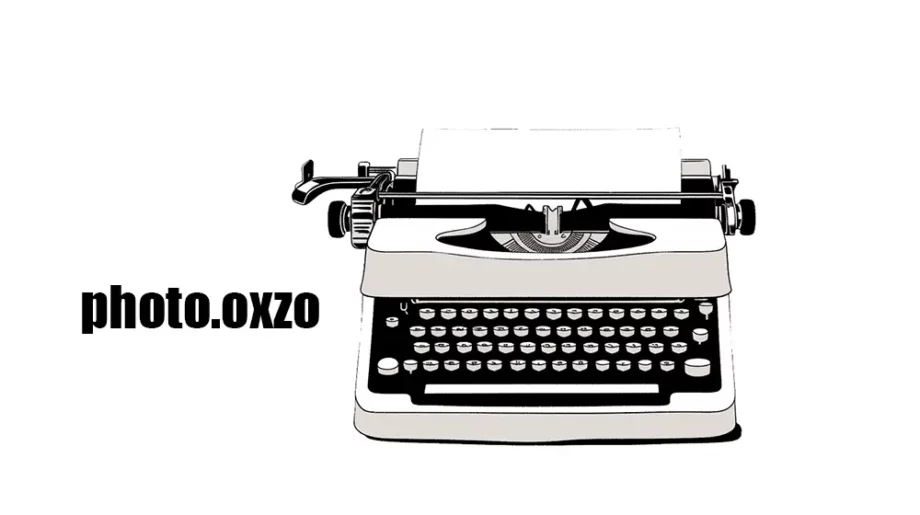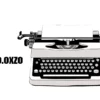Sometimes, the end result of studying a situation is finding a way to do it for less money. In my photography overhaul, I’m leveraging the adaptability of mirrorless cameras to use older DSLR and film-era lenses. As luck would have it, I have quite a few vintage lenses to work with.
Advantages of Using Vintage Glass
One advantage of vintage lenses is their unique, classic look. On a Sony A7R III or IV, I plan to use these three Nikon lenses: 35mm f/1.4, 55mm f/1.2, and 85mm f/1.4. These lenses offer a distinct aesthetic that’s hard to replicate with modern glass. Concentrating on the camera body first and using vintage lenses allows me to invest in a higher-quality camera. Eventually, I will add high-resolution native E-mount lenses, but one step at a time.
Camera Body Options
With $6000 in trade-in items currently available, I could consider the Sony A7R V. Although it’s nearly twice the cost of the IV used, it’s an option. For better electronics and AI features, I might explore other recent but less expensive models. The A7CR, with its 61 MP sensor and compact form, is appealing, as is the A7C II with a 33 MP sensor. Another option is the A7 IV, which also has 33 MP and excellent video functionality, making it a solid all-around choice.
Considering Other Camera Options
The A7CR has a form I really like and the 61 MP sensor. Or the A7C II now has a 33 MP sensor. At one time, I bought a Nikon D800E for $3000 in part for the 36 MP, so 33 isn’t bad at all. Returning to a full-size option, the A7 IV also has 33MP and solid video functionality. The A7 IV is what I think of as an all-arounder, also sporting some pretty good low-light characteristics.
Adding Native Lenses
Later, I’ll start adding native E-mount lenses. Initially, I might opt for something affordable and wide, like the Sigma 17mm f/4, which fits well with the vintage theme. For faster lenses, Sigma’s Art series offers excellent f/1.4 and f/1.2 options. For telephoto needs, I’m considering the 70-200mm f/2.8 and 150-600mm Sport models, but that might be a goal for 2025 or 2026.
I suppose I’d have to give in and get at least one relatively inexpensive option with the body, most likely something wider like the Sigma 17mm f/4. It would fit well with the vintage theme. Although I’ll probably do more in the way of being frugal when it comes to faster lenses. Sigma has a pretty good lineup of f/1.4 and some f/1.2 in its Art series. At the top of the line, though, is the Sport series, and there I sort of like the idea of a matching pair in the 70-200mm f/2.8 and 150-600mm Sport models. Maybe something like a 28-70mm too. Not immediately though but if all goes well, perhaps by Summer 2025 or 2026.
Prime Lenses for General Photography
General photography prime lenses will come first, focusing on Sigma options:
- 14mm f/1.8 or f/1.4: Likely the f/1.8 for its compact size. The f/1.4 seems more like a specialist option for night skies. I could see owning both. The f/1.8 would be more of a walking around lens. The f/1.4 is obviously more set up for long exposure on a tripod given the Arca-Swiss compatible tripod foot.
- 24mm f/1.4: I’d have to review it, but there are at least two versions of this lens in the Art series. The newer one is likely the one I’d pick.
- 28mm f/1.4: Similar to the 24mm, I’d have to review versions.
- 35mm f/1.4: A classic Art series lens, high on my list. One of the first released in the series and if I’m not mistaken, it’s gone through at least three iterations. I used to have one in a Pentax K mount. I liked it a lot so I’d call this high on the list in part because they do tend to be very reasonably priced.
- 35mm f/1.2: Noted for sharpness, possibly preferred over the 1.4 because it should have good resolving power used with high megapixel cameras.
- 40mm f/1.4: A bit wider than 50mm, with a unique perspective. Zeiss has one in its Batis series that is more interesting in its f/2 model. I’d probably go more for that. It has a close focus 1:2 ability that lends it well to portraits. Anything unique in portraits intrigues me.
- 50mm f/1.4 and f/1.2: F1.4 isn’t really that unusual in a 50mm. Neither is 1.2 really. That being said, the Sigma lenses have a reputation for being large due to superior optical correction characteristics. They are reasonably priced and since I wouldn’t be buying it for its diminutive size anyways, I’d likely look at the 1.2. For a walking around lens, there are other options I’ve already noted.
- 85mm f/1.4, 105mm f/1.4, 135mm f/1.8: Key portrait lenses from the Art series. Some of the other primes I’d accept more wear and tear on buying used but with these, I’ll judge the optics a bit more intensely. If I don’t like the optical character of one of them, I’ll trade for another copy. Hence I’ll look for pristine, seldom-used copies as well. I would like to own all three someday as they make a great set to create distinctive portraits you just can’t get with lesser glass. Another couple of options I’d throw in are macro lenses in the 70mm and 105mm sizes.
Exploring Sony and Zeiss Options
Sony and Zeiss also offer excellent lenses. While Sigma holds the most appeal for value, I’m open to exploring other options. The Zeiss Loxia line, despite being manual focus, offers compactness and sharpness that are compelling.
Instead of developing kits around say three different lens mounts like I have in the past, I’ll be doing it all within the E-Mount ecosystem. Sony and Sigma are both subsystems in the larger ecosystem. Zeiss is too but it also sports a co-branded hybrid relationship with Sony so it reminds me a bit of Panasonic and Leica. Zeiss of course played a pivotal role in the development of the Japanese optics industry going back a century or more. Zeiss optical designs and lens mounts were key to the development of the 35mm format from the 1960s on particularly with regards to M42 and Pentax. It’s one of the reasons I have a collection of Pentax M42 lenses. That and the remarkably compact designs including, as I’ve noted before, a 17mm f/4 like the current offering from Sigma.
Lens Adapters and Manual Photography
The topic of lens adapters deserves its own discussion. I prefer sophisticated models that capture EXIF data. However, I’m comfortable with full manual photography. Inexpensive adapters work well with old Nikkors and M42 lenses, reducing wear on vintage lenses by attaching an adapter to each.
Modern mirrorless bodies offer advantages like focus confirmation, highlighting in-focus areas. This feature is particularly useful for those of us with trifocals. I’ll review adapters that transmit information to the camera body, saving it to a RAW file for better functionality.
On the autofocus end of things, I’ll be looking to smart adapters and possibly adapting some classic portrait lenses like the Canon 85mm f/1.2 iterations. Fringer comes to mind as an example of what I might get there. We are talking very long term with some of this. I do like to try new things but I’m also an avid collector of various things not just lenses. Stamps are a big thing. Coins used to be but I may sacrifice some of those for investment reasons. I’m no longer big on holding bullion essentially. I prefer things like Bitcoin these days. Vintage and classic lenses that are in pristine condition though that might have general investment value. As time passes, things break or degrade. Natural disasters destroy things. Climate change, etc. Hence I do tend to use Pelican cases for storage of things I’m not actively using at the moment.
Addressing Internet Outage Challenges
It’s funny and ironic, but I’m writing this blog entry at work because I don’t have access to cellular data.
AT&T is experiencing another outage that might last until tomorrow. It’s a bit of a pain, especially since Dollar General has restrictions on public internet. Otherwise, I’d be setting up Legion, the scheduling app we use. Their policy is probably wise from a security perspective, though.
I remember the days before the internet and cellular data, but those are distant memories. Bringing back those times wouldn’t improve things for me. Nostalgia for the past doesn’t translate to a better future. For now, I’ll manage without data.
Future Plans and Investments
While I’m passionate about photography, I’m also mindful of my investments. I plan to sell some of my coin collection, preferring to invest in vintage lenses and Bitcoin. Protecting my gear with Pelican cases, I aim to maintain my collection in pristine condition, ensuring its value over time.
My aim is to build a versatile travel kit within the E-Mount ecosystem, simplifying my setup compared to having multiple lens mounts. With a focus on quality and adaptability, I’m excited about the possibilities ahead.
Keywords:
- Mirrorless cameras
- Vintage lenses
- Sony A7R III
- Nikon lenses
- Sigma Art series
- Photography gear
- E-mount lenses
- Adapted lenses
- Camera adapters
Meta Description:
Explore how to maximize value in photography by adapting vintage lenses for modern mirrorless cameras. Learn about the best options for Sony A7R III and IV, Sigma Art series lenses, and the benefits of using classic Nikon lenses.

